VIALE Trial Shows Benefits of Venetoclax in Older AML Patients
By Adam Hochron
August 26, 2020
A clinical trial’s results could mean a new standard of care for patients with acute myeloid leukemia who cannot tolerate high-intensity chemotherapy. While the trial focused on elderly patients, the work could eventually lead to changes for younger AML patients as well.
Study results from the phase 3 VIALE-A trial were published in the New England Journal of Medicine. The study compared the combination of venetoclax and azacitidine to placebo and azacitidine. The trial’s primary endpoint in the United States was overall survival, while researchers in Asia and the European Union also looked at composite complete remission rate (CR+Cri), defined as a composite score of complete remission and complete remission with incomplete hematologic recovery. .jpg)
The median overall survival in the venetoclax arm was 14.7 months (95% CI: 11.9-18.7) compared to 9.6 months in the placebo arm (95% CI: 7.4-12.7), according to a release from the manufacturer. Of the patients in the venetoclax arm, 66.4% (95% CI: 60.6-71.9) achieved CR+Cri compared to 28.3% (95% CI: 21.1-36.3) of patients in the placebo arm.
Courtney DiNardo, MD, MSCE, lead study investigator from the University of Texas MD Anderson Cancer Center, said in an interview with MD/alert that it was encouraging to see a statistically significant and clinically meaningful improvement with the combination therapy.
“I think in leukemia patients especially, when you are in a remission, and you are doing well, you are out of the hospital, you’re not immunosuppressed, dealing continuously with recurring infections that can be life-threatening. You’re not tied to the clinic getting blood transfusions one to two times a week that can take hours. There’s a quality of life which is severely impacted when you have active acute leukemia. I think even a couple of months of improvement in that is meaningful,” she said.
DiNardo also noted that while the averages in the trial for the combination were encouraging enough, she has many patients in her clinic who are far surpassing those results.
“I have patients in my clinic that I enrolled in this study at the end of 2014, beginning of 2015, and they’re still alive and well and in ongoing remission, and I’m seeing them in clinic still,” she said. “We talk about average overall survival, but there are some people that are doing incredibly well and benefitting in ways that we don’t see with azacitidine alone.”
With the positive results from the study, DiNardo said the combination could be looked at in the future as an alternative to higher-intensity chemotherapy for younger patients as well.
“The response rates, the remission rates at least are pretty competitive with what we see with intensive chemotherapy in younger patients,” she said. I think we’re going to see a change within our field, probably gradually, to say that just because someone is fit for intensive chemotherapy does that necessarily mean you should always give really intensive chemotherapy when this lower intensity regimen is potentially doing as well, or in some cases maybe even better.”
The most common adverse events in the venetoclax arm included thrombocytopenia, nausea, constipation, neutropenia, febrile neutropenia, and diarrhea. Tumor lysis syndrome was also reported during ramp-up in three patients. DiNardo said that while doctors should be aware of the potential risk, investigators were able to manage it during the trial. She said myelosuppression is another potential adverse event that doctors need to carefully monitor in patients as well.

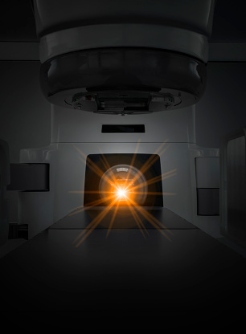
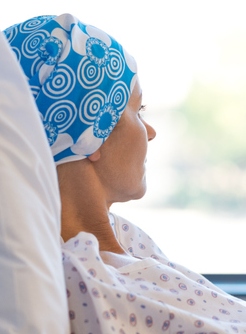





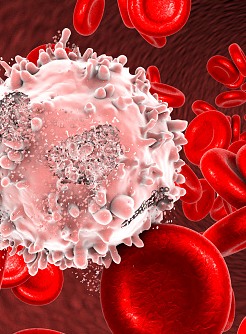




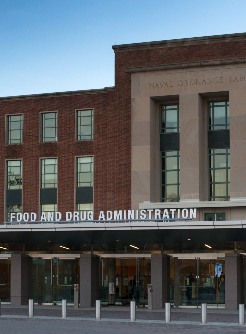


.jpg)





.jpg)



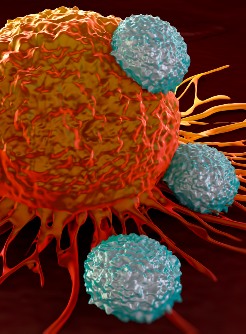


.jpg)
.jpg)
.jpg)
.jpg)
.jpg)
.jpg)
.jpg)

.jpg)
.jpg)